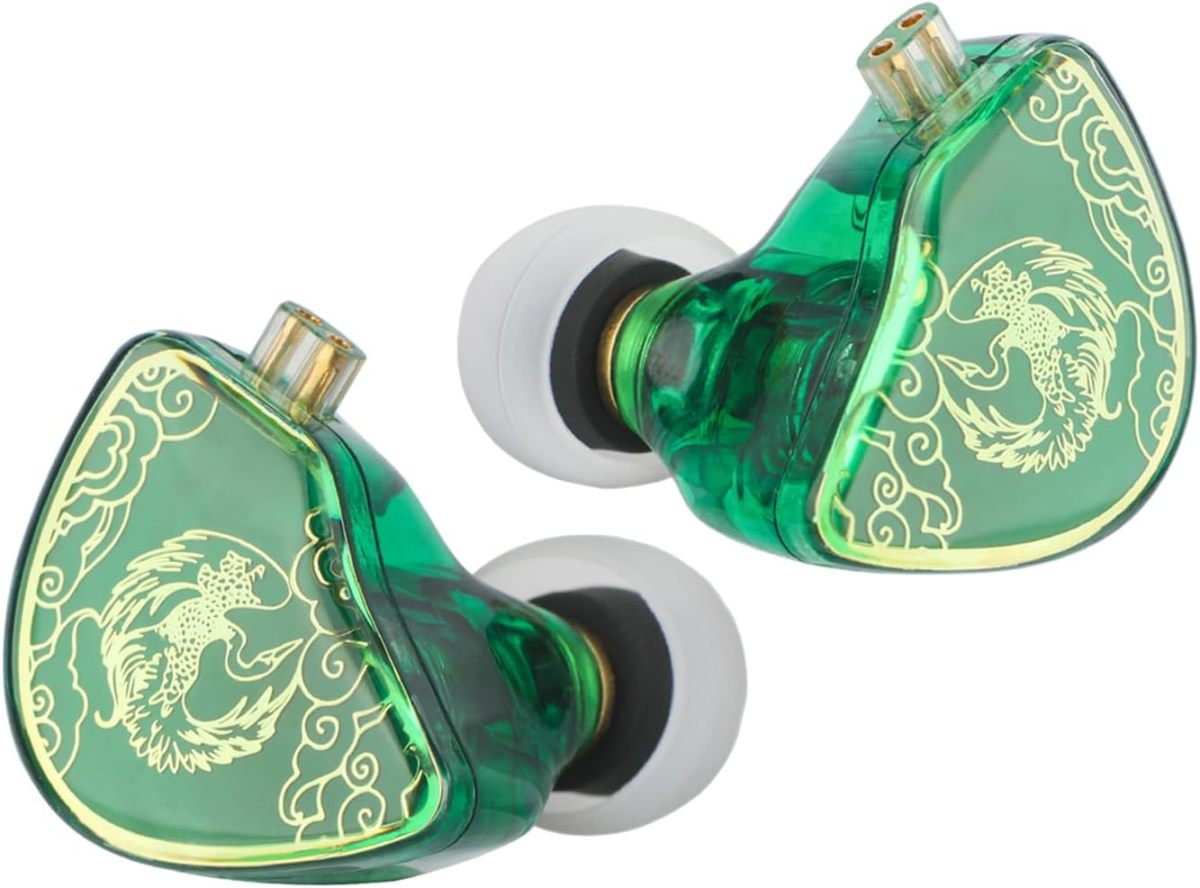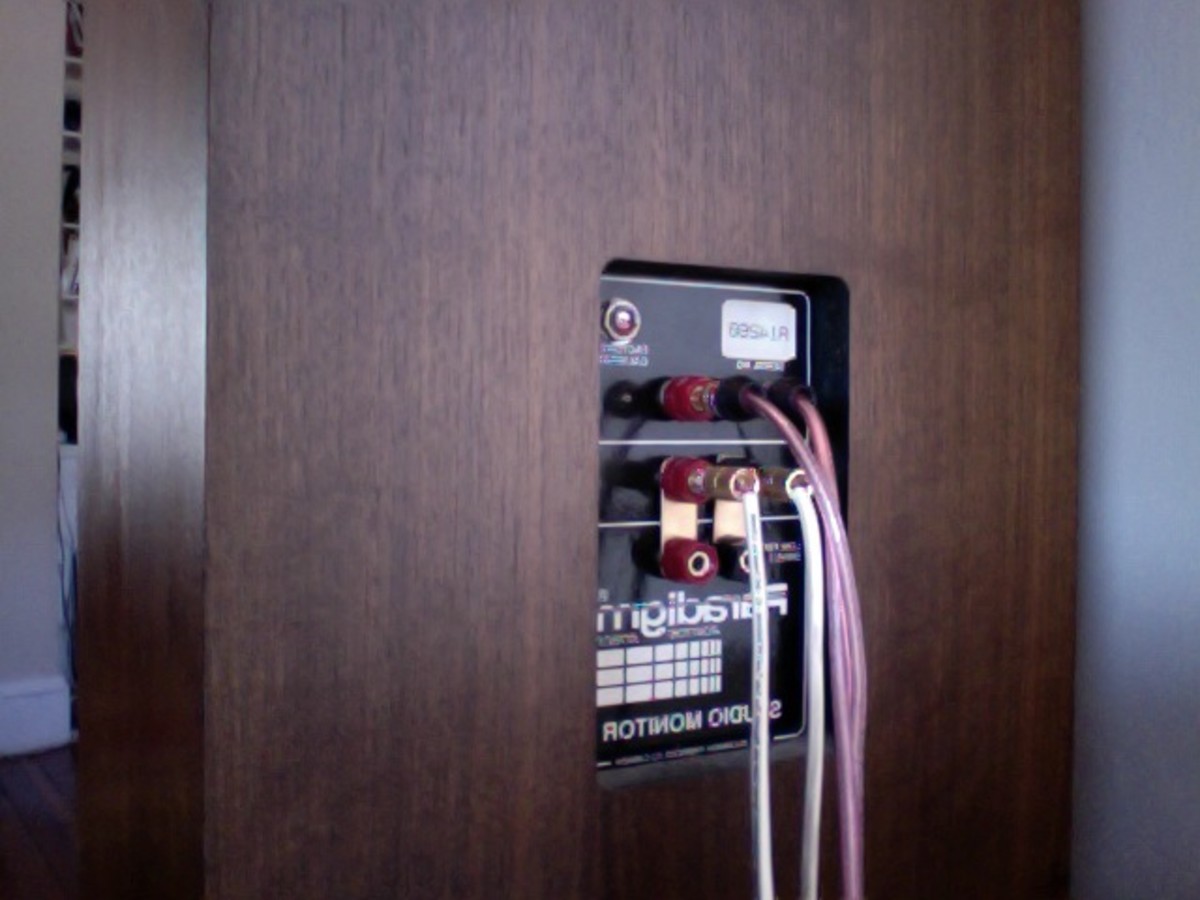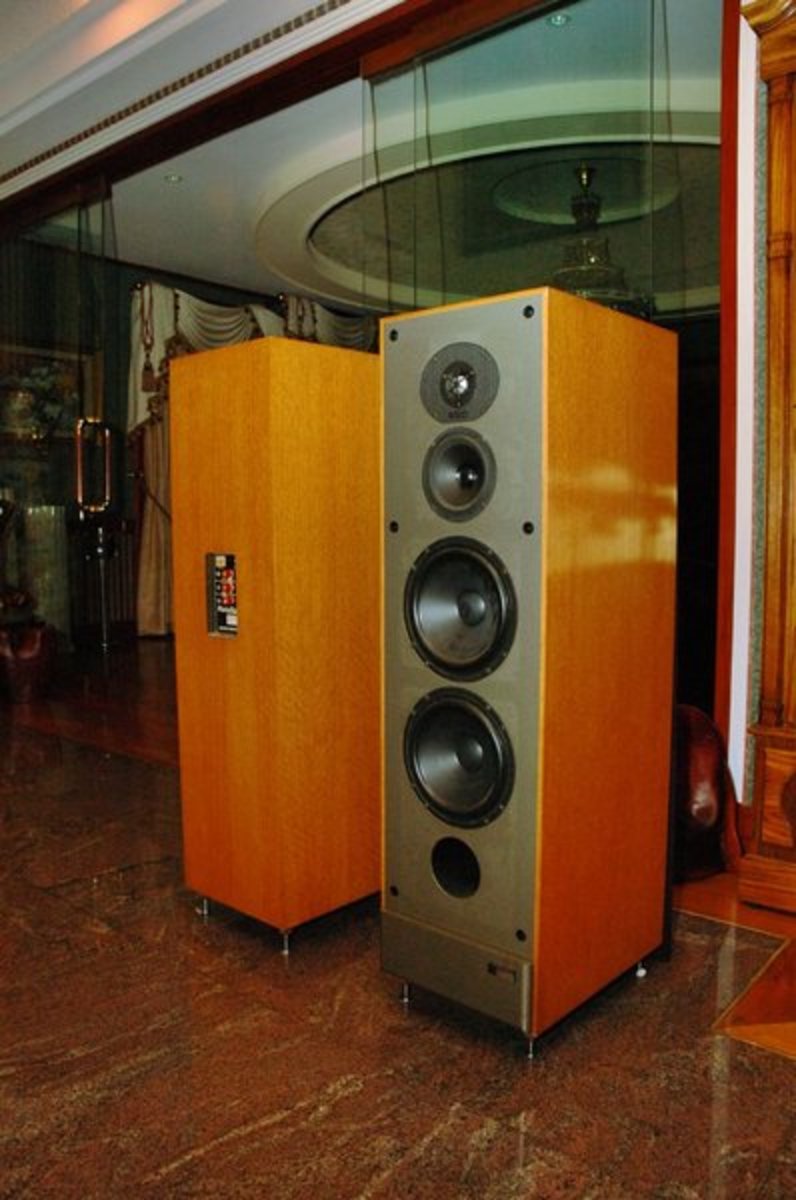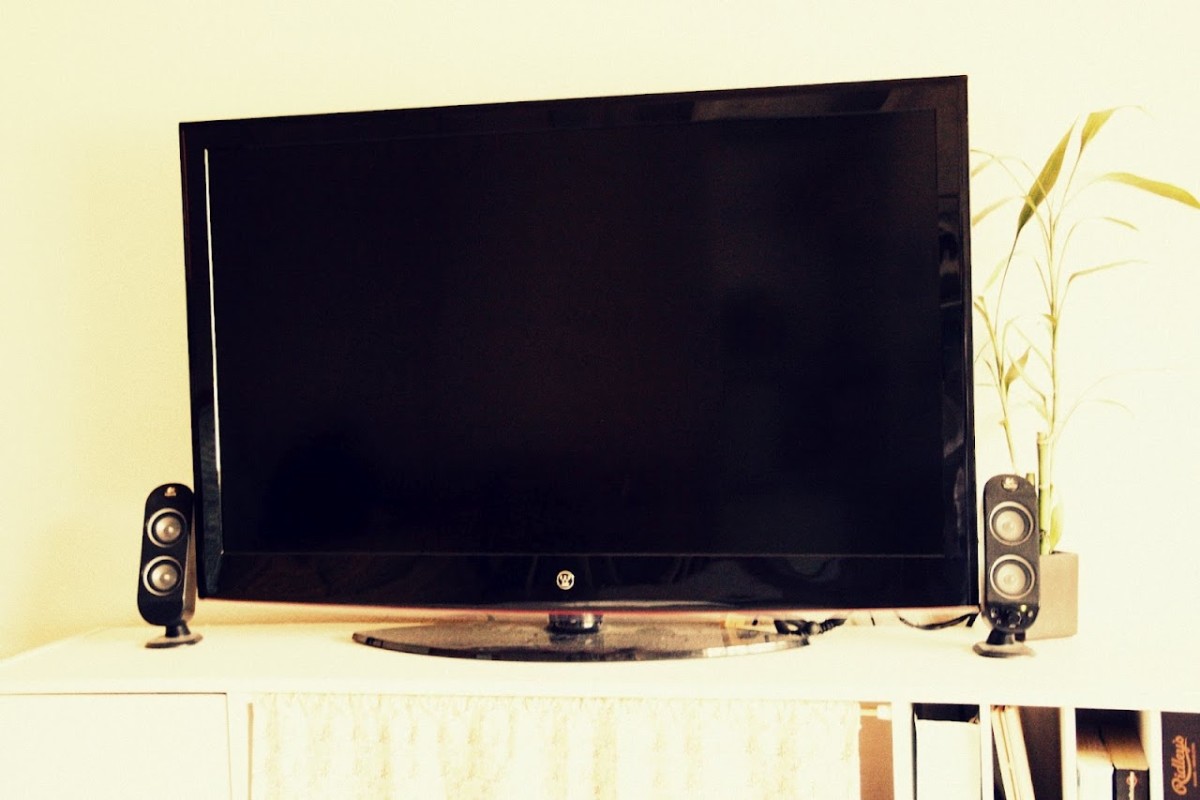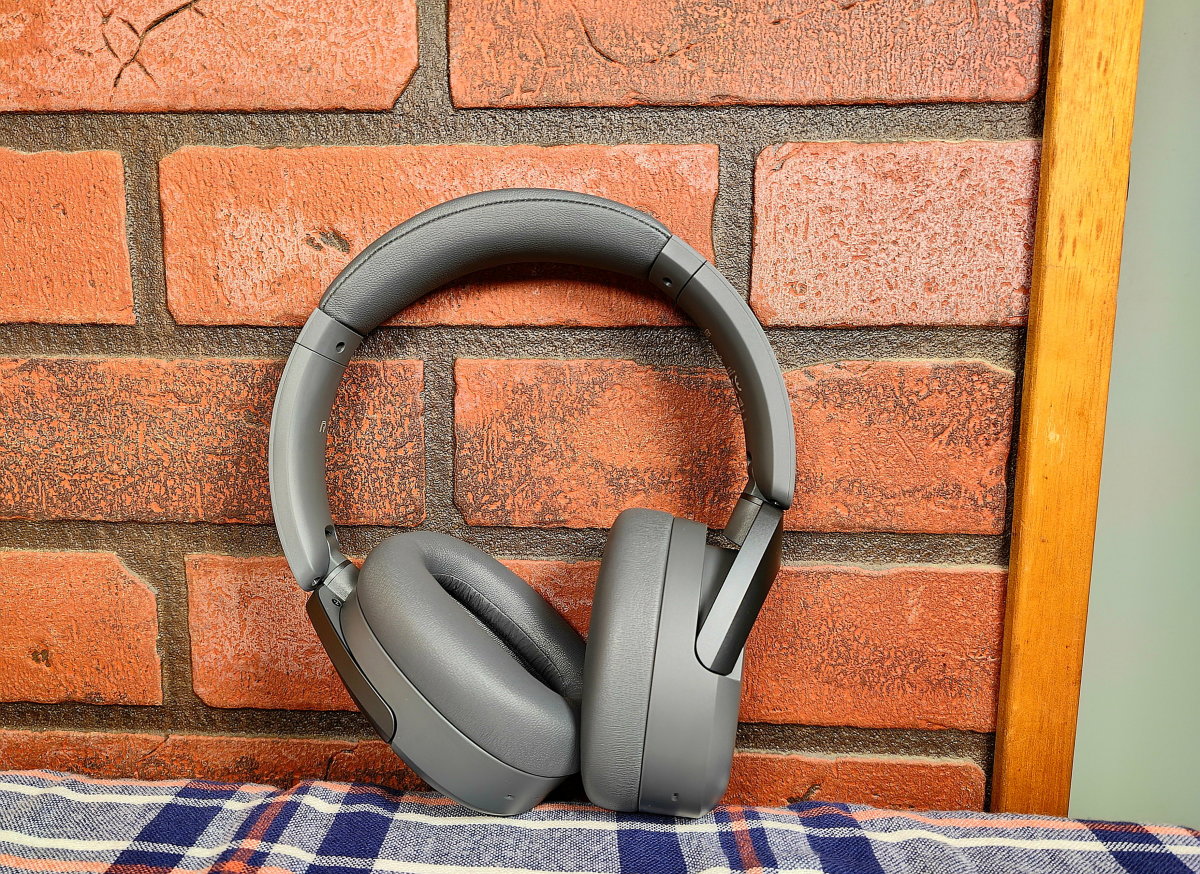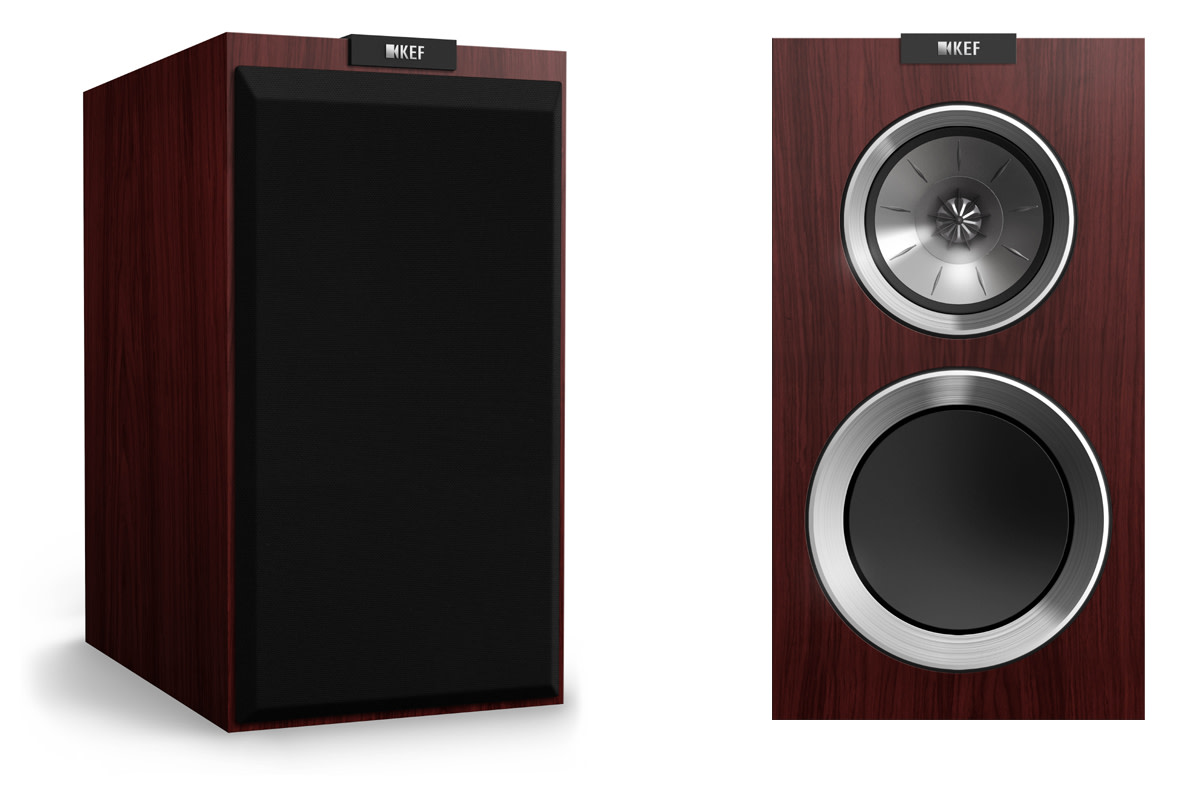The Unheard Symphony: Unraveling the Intricate Dance of Speaker Quality and Sound Quality
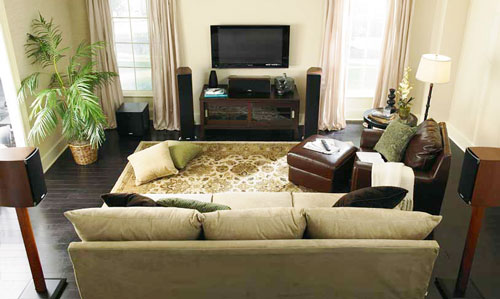
The Importance of Speaker Quality
To comprehend the impact of speaker quality on sound quality, we must first recognize the significance of speakers themselves. Speakers are responsible for converting electrical signals into sound waves that reach our ears. Each component within a speaker, from drivers to crossovers, influences the reproduction of sound. The precision and accuracy with which speakers reproduce audio greatly affect the overall sound quality, clarity, and fidelity of the music, movies, or any other audio content we enjoy.
Do you have proper speaker placement in your home?
Driver Technology and Performance
Drivers, the heart of any speaker system, play a pivotal role in shaping sound quality. The design, construction, and materials used in drivers determine their ability to reproduce different frequencies accurately. High-quality speakers utilize advanced driver technologies such as dynamic drivers, balanced armature drivers, or planar magnetic drivers. These technologies allow for improved frequency response, reduced distortion, and enhanced transient response, resulting in more faithful sound reproduction.
Cabinet Construction and Acoustic Resonance
The cabinet, or enclosure, of a speaker plays an often-underestimated role in sound quality. The cabinet’s construction and materials significantly impact the overall audio performance. A well-designed cabinet minimizes unwanted resonances and vibrations that can color or distort the sound. Materials such as solid wood or high-density fiberboard (HDF) are preferred for their ability to reduce resonance and provide a more accurate soundstage. By ensuring a rigid and well-damped cabinet, speaker manufacturers can deliver clearer and more precise audio.
Crossover Design and Integration
In multi-driver speaker systems, crossovers divide and distribute frequencies between different drivers, ensuring seamless integration of sound. The quality of the crossover components, including capacitors, inductors, and resistors, can profoundly affect the sound reproduction. Well-designed crossovers with high-quality components maintain phase coherence and proper blending of frequencies, resulting in a more cohesive and balanced sonic presentation.
Room Acoustics and Speaker Placement
Even the finest speakers can be undermined by unfavorable room acoustics and improper placement. The interaction between speakers and the listening environment significantly influences sound quality. Factors like room dimensions, wall materials, and furniture placement can introduce reflections, resonances, and standing waves that degrade audio performance. Proper speaker placement, along with room treatment techniques like acoustic panels and bass traps, can minimize these issues, allowing speakers to perform optimally and deliver the intended sound quality.
Conclusion
The interplay between speaker quality and sound quality is a complex relationship that cannot be ignored. By investing in high-quality speakers and understanding their design principles, we unlock the potential for exceptional audio experiences. From driver technology to cabinet construction, each aspect contributes to the faithful reproduction of sound. Moreover, considering room acoustics and proper speaker placement ensures that the sound quality is optimized within our listening environment. By recognizing the importance of speaker quality, we can embark on a journey to truly immerse ourselves in the symphony of sound, experiencing audio as it was meant to be enjoyed.

